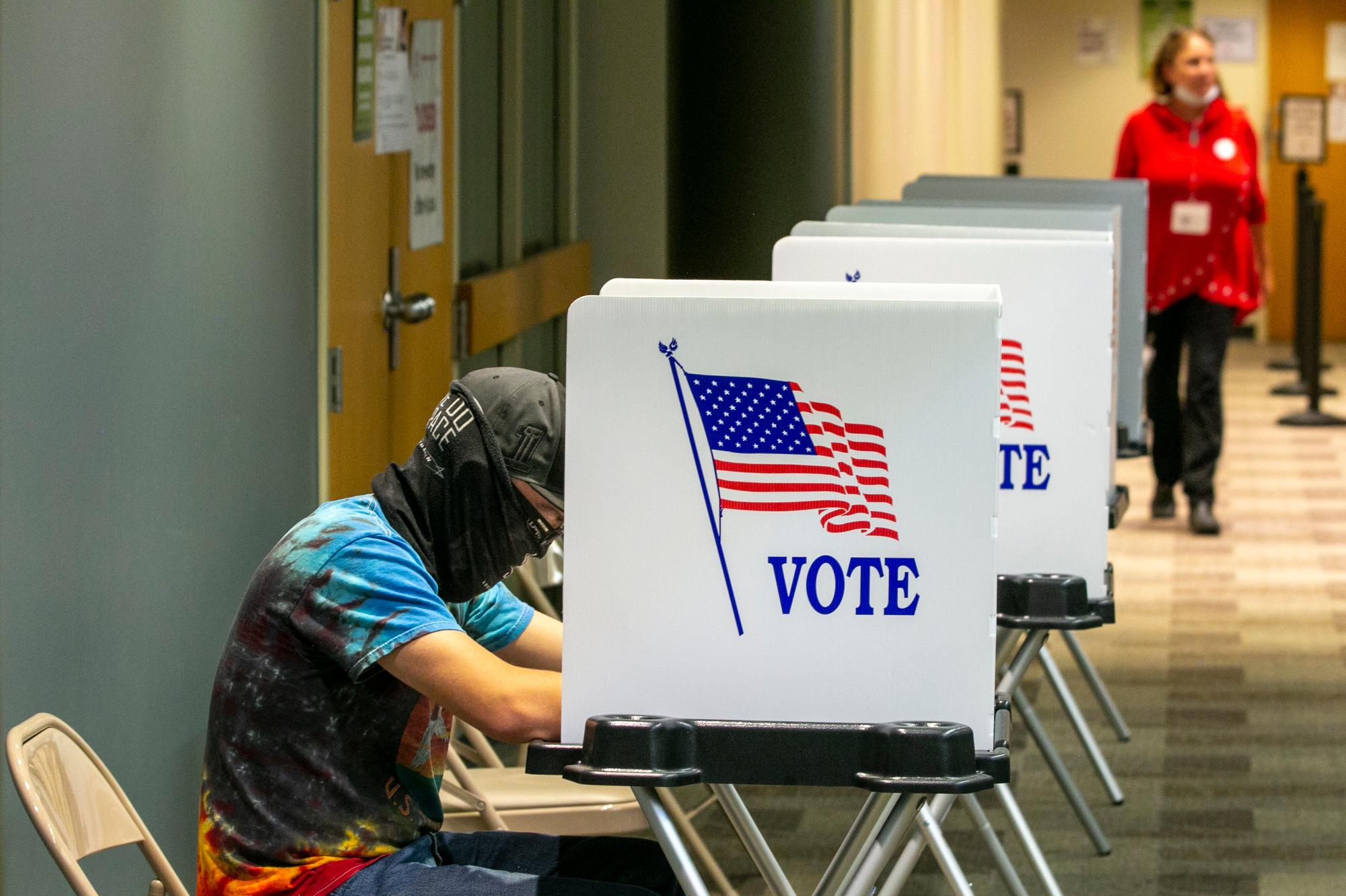
Colorado’s driver’s license offices are helping to register hundreds of thousands of new voters, including many who may not realize it until later.
Over the last year, about 250,000 people have been automatically registered to vote in the state after applying for driver’s licenses and other government services.
Among the new voters who were registered before the election, about half ended up voting. The system also registered tens of thousands of teens whose registration will kick in when they turn 18.
Under a new law that was implemented last May, if someone presents a document that shows they’re a citizen — such as a passport — while they’re applying for certain state benefits and services, then they will automatically be registered to vote.
Soon after, they will receive a letter allowing them to choose a party affiliation, or to cancel their new registration. They may also be asked to submit a signature for use in the signature-matching election security system.
Secretary of State Jena Griswold said in a news release that the new system had “expanded access to our elections and is allowing more eligible Colorado voters to participate in our democracy.”
Previously, these potential voters would have been given the option to register at the DMV, but not automatically enrolled. That system was implemented in 2017 by former Secretary of State Wayne Williams.
Griswold’s office argued that the new process is more streamlined and that it saves people from having to have multiple interactions with government agencies.
“We have high participation rates, but we can do a little bit better,” said Democratic state Sen. Jessie Danielson, one of the law’s sponsors, in 2019. “Part of that effort is making sure that if there’s any barrier to someone participating in the process, we should just remove those barriers.”
Republicans criticized the new system when it was created. State Sen. Jerry Sonnenberg argued at the time that its focus on the DMV and Medicaid would favor Democratic-leaning voters, and he said lawmakers should not remove the element of personal responsibility from voter registration.
The new automatic system has seemed to result in more registrations than the old opt-in approach. In 2018 and 2019, the old system averaged about 14,000 registrations per month, compared to more than 19,000 in the current system.
The new law also applies to people applying for Medicaid. In each case, the state agency forwards the potential voter’s information to the secretary of state’s office. County clerks then check the applications and request any extra information that’s needed.
The law also results in pre-registrations for teenagers who aren’t yet 18, but who will be voting age by the time of the next election.









